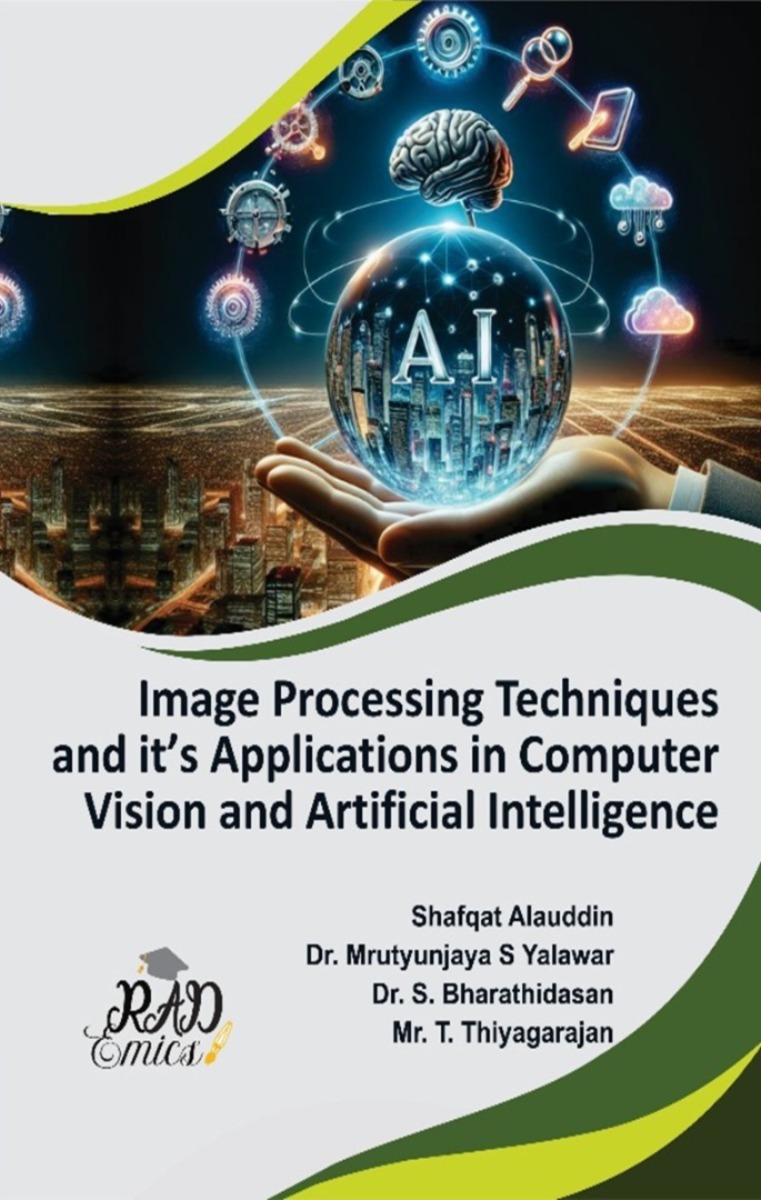
Peer Reviewed Chapter
Chapter Name : Image Processing Techniques for Autonomous Vehicles Including Lane Detection and Obstacle Avoidance
Author Name : Amit Karbhari Mogal, B. Lokeswara Rao
Copyright: © 2024 | Pages: 30
DOI: 10.71443/9788197933660-14
Received: 28/05/2024 Accepted: 21/08/2024 Published: 30/10/2024
Abstract
This chapter explores the pivotal role of image processing techniques in the development of autonomous vehicles, with a specific focus on lane detection and obstacle avoidance. As the automotive industry increasingly integrates advanced deep learning models, the necessity for efficient data preparation, quality assurance, and real-time implementation becomes paramount. The chapter delves into various deep learning architectures, particularly Convolutional Neural Networks (CNNs) and Residual Networks (ResNets), highlighting their effectiveness in accurately identifying lane markings under diverse driving conditions. Additionally, the integration of edge computing was discussed, emphasizing its advantages in reducing latency and enhancing bandwidth efficiency, critical for real-time decision-making. Furthermore, this chapter addresses the importance of data quality, providing insights into preparation and augmentation techniques essential for training robust models. By examining these key areas, this chapter contributes to the broader understanding of the challenges and opportunities in the application of deep learning for autonomous vehicle technology.
Introduction
The advent of autonomous vehicles has heralded a new era in transportation, characterized by increased safety, efficiency, and convenience [1]. Central to the functioning of these vehicles was the effective utilization of image processing techniques, which play a crucial role in enabling the systems to perceive their surroundings accurately [2]. This chapter focuses on two critical aspects of autonomous driving: lane detection and obstacle avoidance [3,4]. These functionalities are paramount for ensuring safe navigation on roadways, as allow vehicles to interpret complex driving environments in real time [5,6]. By employing advanced deep learning algorithms, autonomous vehicles can analyze vast amounts of data from various sensors, leading to informed decision-making that mimics human driving behaviour [7,8].
Lane detection serves as the foundation for autonomous navigation, guiding vehicles along predetermined paths while ensuring adherence to traffic rules [9-13]. Traditional methods of lane detection often struggled with variability in lighting conditions, road surfaces, and lane markings [14]. However, the emergence of deep learning techniques, particularly Convolutional Neural Networks (CNNs), has significantly enhanced the accuracy and reliability of lane detection systems [15]. CNNs excel at feature extraction, allowing them to recognize lane markings with remarkable precision, even in challenging conditions. This capability not only improves the vehicle's ability to maintain its lane but also aids in predicting potential hazards and adjusting driving strategies accordingly [16-18].